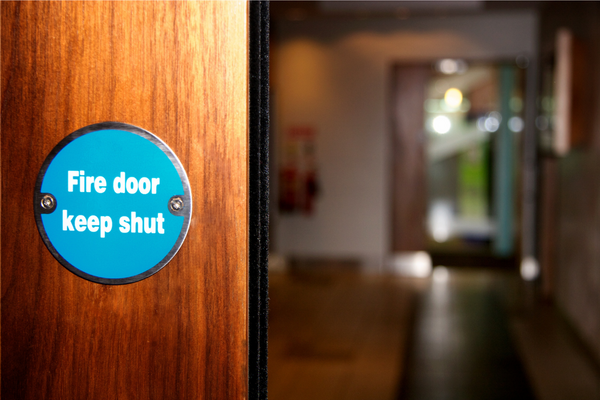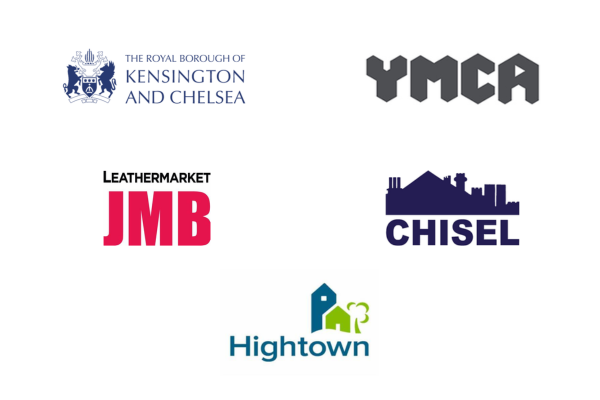New regulations mean a change in fire door checks to all multi-occupied residential buildings with storeys over 11 meters. They came into force this week from 23 January.
What are the new regulations?
The Fire Safety (England) Regulations 2022 make it a legal requirement for responsible persons for all multi-occupied residential buildings with storeys over 11 meters in height to:

- undertake quarterly checks of all fire doors (including self-closing devices) in the common parts
- undertake – on a best endeavour basis – annual checks of all flat entrance doors (including self-closing devices) that lead onto a building’s common parts
- provide residents with two or more sets of domestic premises (that have common parts) information on the importance of fire doors to a building’s fire safety.
Home Office has released a factsheet with information on the changes. You can view it here – Fact sheet: Fire doors (regulation 10) – GOV.UK (www.gov.uk)
Why have Home Office made this change?
The Grenfell Tower Inquiry found that fire doors installed in Grenfell Tower did not act in the way that they should of to prevent the spread of fire – this was primarily due to damage and / or disrepair.
The change in regulations now require responsible persons to undertake regular checks of flat entrance doors and communal doors for in-scope buildings. Also – any additional information provided to residents on the importance of fire doors will highlight their role in keeping their building safe. It is also thought that this should help with access.
What information should I provide our residents?
The information given to residents should cover the importance of:
- keeping fire doors closed
- ensuring that doors and self-closing devises are not damaged
- immediately raising faults or damage to fire doors
Residents should receive this information when they move in and then annually their after.
We’ll be providing updates to our Building Safety webpage regularly as things evolve – Asset Management Advice – HOW – SouthEastConsortium
Alternatively, subscribe to our email newsletters here – Contact us – South East Consortium





